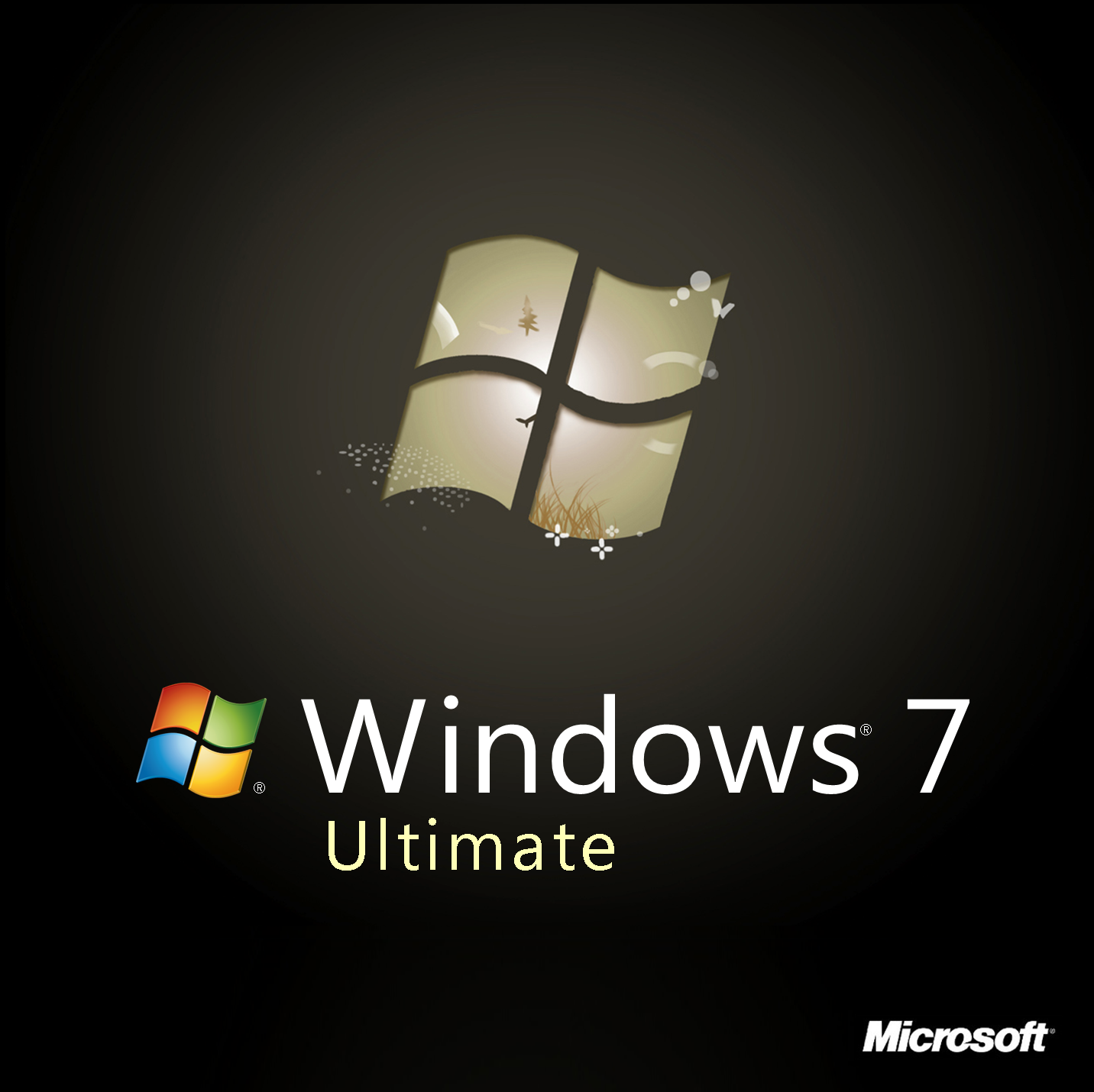

Connect the ISO file to your Virtual Machine.Save yourself some headaches in case you have connection issues later, and run this file and download the ISO for Windows 10.Download one of the upgrade tool files appropriate for your 32-bit or 64-bit OS from this Microsoft page.Do you know if you’re running a 32-bit or 64-bit OS? (Don’t worry if you don’t, here’s instructions from Microsoft to help you figure it out).With all of that ground work out of the way, there are a few more things you need to have ready. Instructions on how to add more space for Windows are here if required.


This might not be necessary if you just created a new Windows 7 VM with the intent to upgrade it to Windows 10 – but if you’ve done any work at all in this VM, you’ll want to take a snapshot now. Take a new snapshot of your VM before starting.You want to start out on the right foot – trust me, doing these steps now will save you a lot of time and headaches in case anything goes sideways in your installation down the road. Upgrade Windows 7 to Windows 10 In Parallels Step 1: Maybe the tiles from Windows 8 turned you off, maybe you have programs that are only supported in Windows 7? Whatever the reason, you might want to take advantage of the short window we have left to get the free upgrade to Windows 10 (July 29th is the cut off date).īefore you panic though, you will still have access to your Windows 7 virtual machines even if you upgrade one of them to Windows 10! So why not do it now while it’s free, and keep one of these for when you DO need the latest edition? Don’t worry about it, I’ve got step by step instructions on how you upgrade Windows 7 to Windows 10 in Parallels Desktop for Mac. For whatever reason, you might have not updated your Windows virtual machine to Windows 10 yet.


 0 kommentar(er)
0 kommentar(er)
